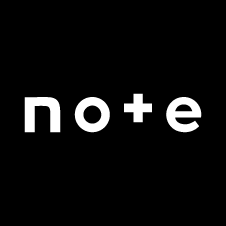Takuro Ina
We deliver new user experiences through Natural Language Processing,
leveraging the power of our unparalleled data scale.
We deliver new user experiences through Natural Language Processing,
leveraging the power of our unparalleled data scale.

Takuro Ina (joined in 2018)
After earning a master’s degree in image processing, Takuro joined Yahoo Japan (now LY Corporation) as a new graduate engineer. He was assigned to a department specializing in Natural Language Processing (NLP), where he worked on improving e-commerce services such as Yahoo! JAPAN Shopping.
*This article is based on an interview from August 2025. Service names and affiliations are as of the time of the interview.
Please introduce yourself.
My name is Takuro Ina, and I joined Yahoo Japan in 2018 as a new graduate. In graduate school, I belonged to a lab focused on image processing.
My basic research involved clustering techniques for automatically classifying data, and my applied work focused on identifying ingredients in images taken during the cooking process.
When considering where to start my career, I knew I wanted to apply machine learning to real-world use cases and contribute to society. At the time, many of my lab seniors were joining B2B manufacturers, but I was more drawn to B2C companies where I could have a direct impact on users. One day, a senior from my lab who was working at Yahoo Japan visited us and spoke about his work. That conversation inspired me to apply for a position there.
What convinced me to join the company was primarily the sheer size of its user base. The idea that my work could reach such a large audience was incredibly appealing. In machine learning, having access to large and diverse datasets is essential—and Yahoo Japan offered one of the best environments for that in Japan. I felt this was a place where I could make full use of my skills.
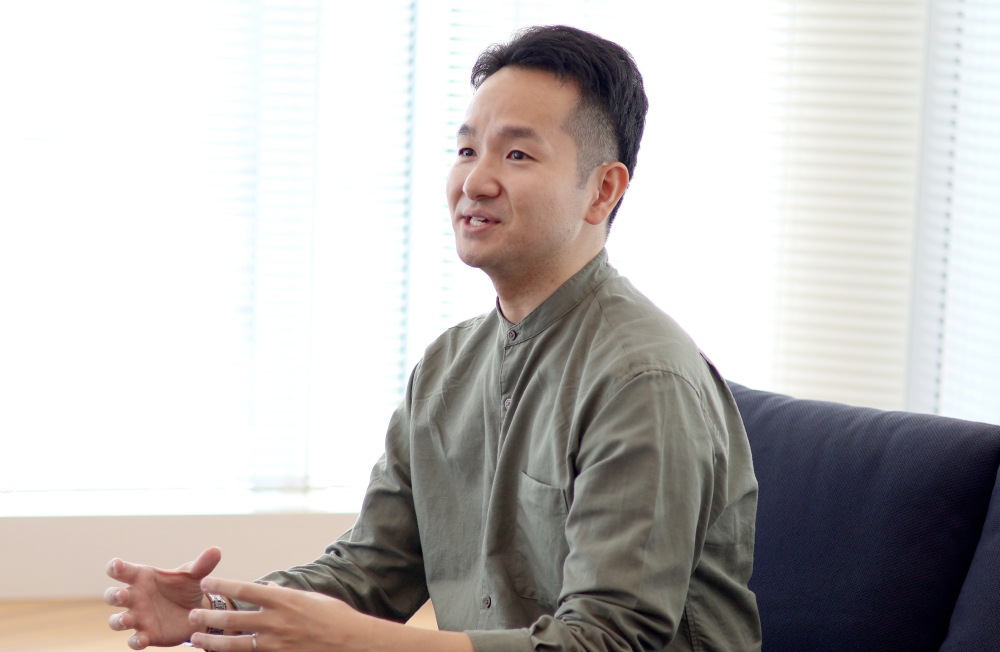
Could you please describe your main responsibilities and the workflow you typically follow?
I currently lead a team focused on improving our e-commerce services, primarily Yahoo! JAPAN Shopping, using NLP technology.
Let me share two examples of our work. The first involves improving the search function. For instance, when a user searches for “melon soda” on Yahoo! JAPAN Shopping, a human would intuitively understand that they are likely looking for a carbonated drink. However, without proper training, a computer cannot grasp that intent.
As a result, items like “melon soda-flavored toothpaste” or “melon soda-colored plates” may appear at the top of the search results, which can lead to a poor user experience. To address this, we apply NLP to estimate users' intended product categories from their search queries, significantly improving search accuracy.
The second example is product attribute completion. On Yahoo! JAPAN Shopping, sellers input product information into the database, but category fields are sometimes left blank. When category data is missing, relevant products may not show up in search results as they should. To address this, we introduced a system that automatically estimates and fills in missing attributes like categories, based on the available product information.
Some of these technologies have since been applied to other services. In particular, our category estimation technology for search queries is now being used in Yahoo! JAPAN Auction, Yahoo! JAPAN Flea Market, and Yahoo! JAPAN Search.
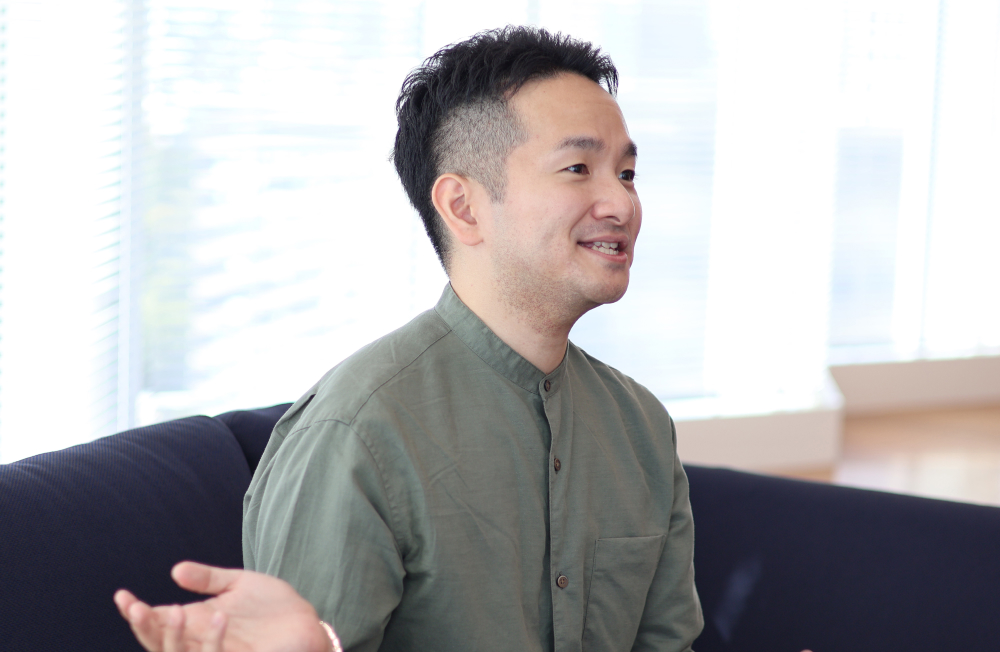
Example of a Daily Schedule
- 9:30 am
- Start work
- 10:00 am
- Prepare materials for meetings
- 11:00 am
- Morning stand-up
- Check in on team members’ progress
- 12:00 pm
- Lunch
- 2:00 pm
- Meeting with the Yahoo! JAPAN Shopping team
- Review current initiatives and results
- 4:00 pm
- Meeting with the Yahoo! JAPAN Search team
- Share updates on large-scale joint projects
- 5:00 pm
- Development work, code reviews, etc.
- 7:00 pm
- End of work
In addition to coding and code reviews as a development team, we regularly hold meetings with the business teams, which oversees service planning and operations. Sometimes they approach us with issues they want to solve, and other times we proactively suggest ideas, such as how a particular technology could be used to do something new. Our team’s role is to bridge business needs with technology and translate that into real improvements in the service.
What do you keep in mind at work?
I always prioritize keeping the end goal in mind. As engineers, it’s easy to get caught up in “using a particular technology,” but what really matters is whether the approach is effective in improving the service, what the cost-benefit ratio is, and, most importantly, what the core problem is. That’s why I place importance on discussing with my teammates to choose the best approach and action plan.
If we adopt the latest technologies without clear benefits and at high cost, we risk accumulating technical debt. And once technical debt builds up, it consumes resources for maintenance and remediation, leaving little room for new improvements. I therefore carefully select what to implement to ensure we can keep improving the service over the long term.
Can you tell us about a particularly memorable project?
One of the most memorable experiences was in 2022, when I was put in charge of a project related to Yahoo! JAPAN Auction. This was about horizontally deploying the technology I just mentioned, which estimates categories from search queries.
At the time, there was already a need for a system to estimate categories based on search queries in Yahoo! JAPAN Auction. At first, I thought we could simply reuse the technology we had already developed for Yahoo! JAPAN Shopping. But we quickly realized that even for the same search query, user intent differs depending on the service.
For example, when users search for “Starbucks” on Yahoo! JAPAN Shopping, they are typically looking for coffee beans or instant coffee. But on Yahoo! JAPAN Auction, people are more often searching for items like tumblers or tote bags. Because of these differences, we concluded that we needed to build a system specifically tailored to Yahoo! JAPAN Auction from the ground up.
In this project, I held numerous discussions with the planning team for the auction business, working together to design a feature that everyone could be confident in. On the technical aspects, I was responsible for building a new API for NLP, and handled everything from defining the specifications to designing, implementing, and testing the system.
As a result, the project led to improvements in the Yahoo! JAPAN Auction service, and was well received by everyone involved.
It gave me a strong sense of accomplishment and reinforced how important it is to deeply understand the business context and user scenarios before designing a product. This experience has become a key guiding principle for how I approach future projects.
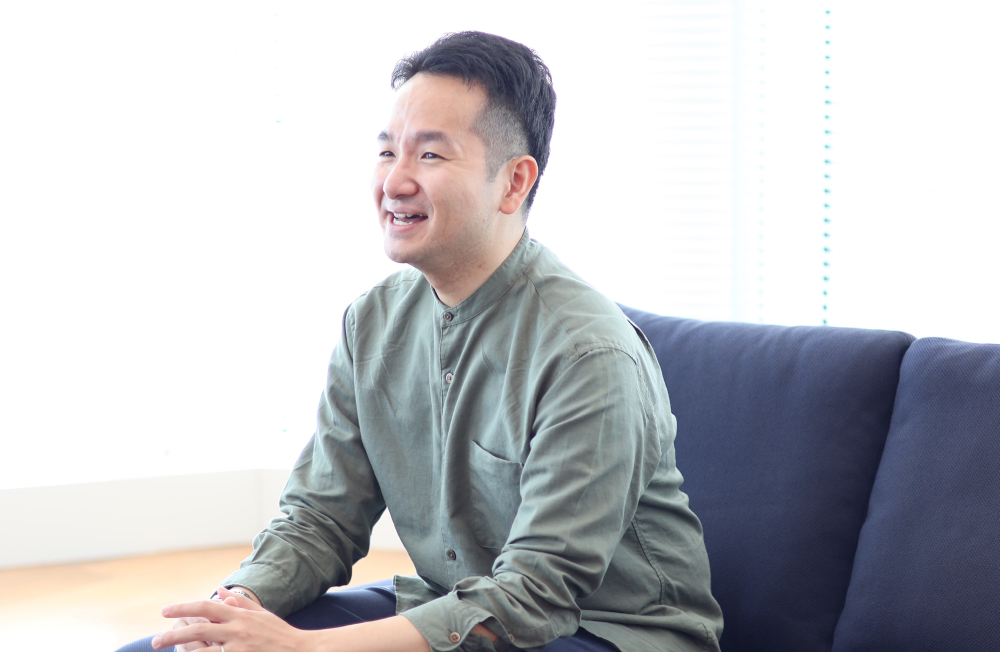
What areas do you feel you have grown in?
One area of growth for me is that I have become more conscious of how a technology can be applied when conducting technical research. Back in my student days, I focused mainly on technical metrics like “how much accuracy improved.” Now, I place more emphasis on business-oriented questions such as “how can this technology be utilized in a service?” and “what challenges might arise in implementation?”
Another area is developing my management skills as a team leader, though it remains a work in progress. I hope to build a better team by learning from experienced colleagues and drawing on books and other resources.
What has been the most rewarding part of joining the company?
One of the most rewarding aspects has been working with so many talented colleagues, both senior and junior. They are not only highly skilled but also generous with their support whenever I need help. I truly feel I'm in a fortunate environment. There are so many people I look up to, both in terms of management and technical expertise.
Another rewarding factor is the sheer scale of our services. For example, the API handled by our NLP team processed 1.2 billion requests per day at the start of this year. The number of requests continues to grow, and having the opportunity to work with such massive traffic and data volume is incredibly valuable.
What are your future goals?
I want to leverage the strength of having multiple large-scale services and drive service improvements. Few companies in Japan operate such a diverse range of services—from shopping to reuse to search. That’s why I want to maximize the value that can come from linking these services across domains.
We have already started applying knowledge gained from Yahoo! JAPAN Shopping to other services, but I want to take that a step further. By complementing each service based on the unique characteristics of its data, I believe we can deliver superior user experiences.
Fortunately, my team is in a position that allows us to work across multiple services. Going forward, I hope to continue contributing to better user experiences through cross-service data utilization.
What are your expectations for the future of LY Corporation?
Within the company, there has been a growing push to explore how generative AI can be utilized. I believe it’s crucial that we continue to build up knowledge around key questions—such as what makes generative AI powerful, and how it can be used effectively. As we accumulate that understanding, I’m confident that we will be able to deliver entirely new user experiences powered by generative AI. I’m excited about the possibilities that lie ahead.
Please share a message to our readers.
LY Corporation is a company with one of the largest user bases in Japan and a massive, diverse data infrastructure. It offers an environment where data can be easily leveraged, making it an ideal place for engineers and data scientists to turn their ideas into reality.
There is also a culture that encourages people to take initiative and try new things. If you are someone who wants to create value for a large user base with your own ideas, you will find this an incredibly rewarding place to work. I hope you will consider joining us.
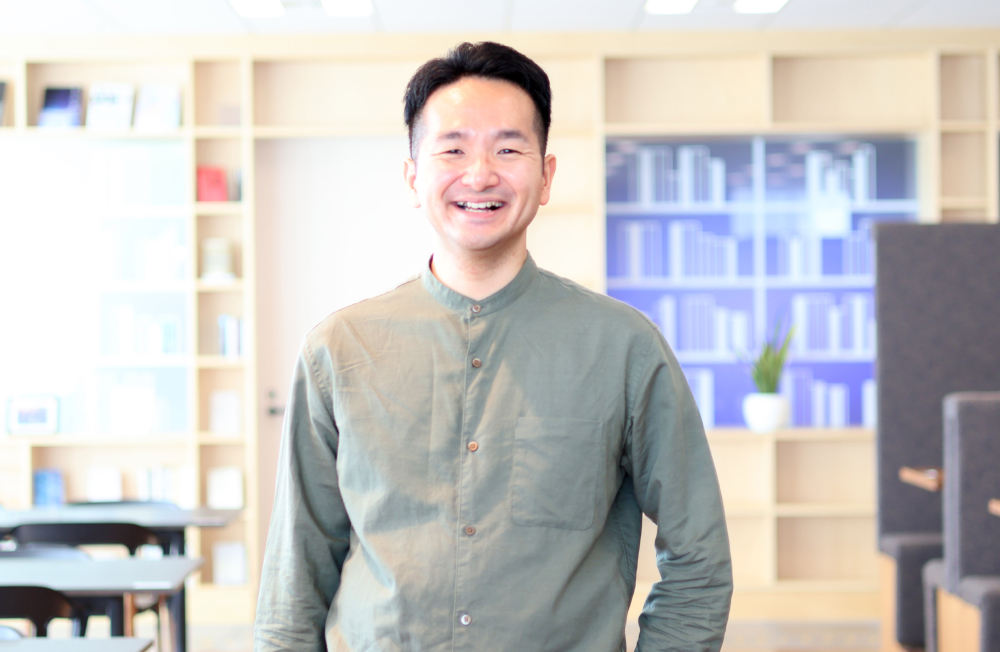
Related Links
*The linked page is available in Japanese only.
Related interviews
-
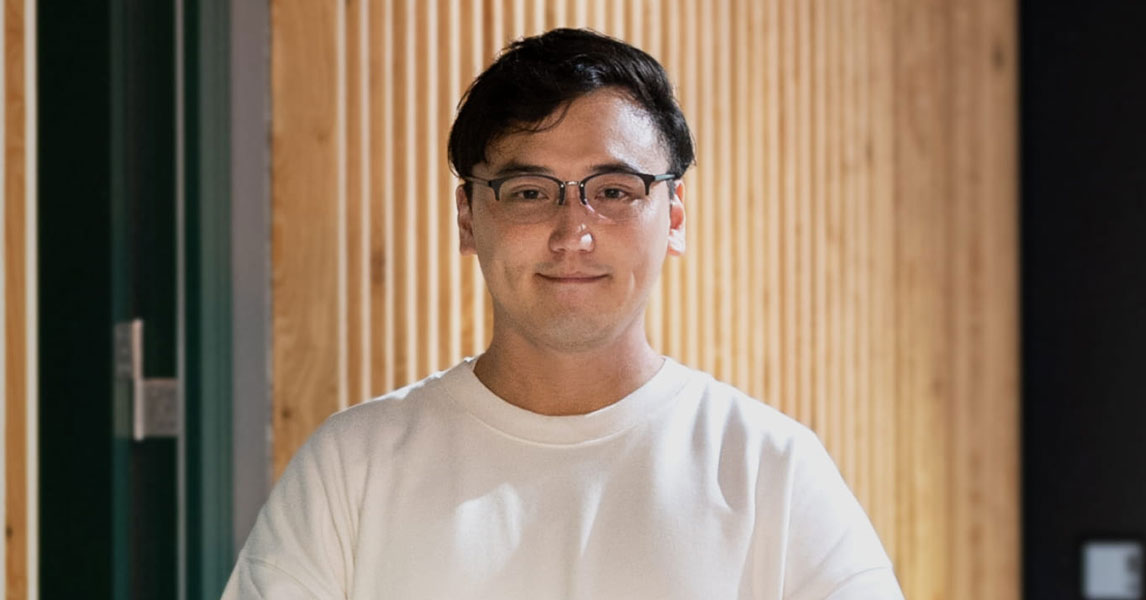 Park Byeongseon
Park ByeongseonStimulus-rich environment to hone my skills together with cutting-edge players in the AI industry
-
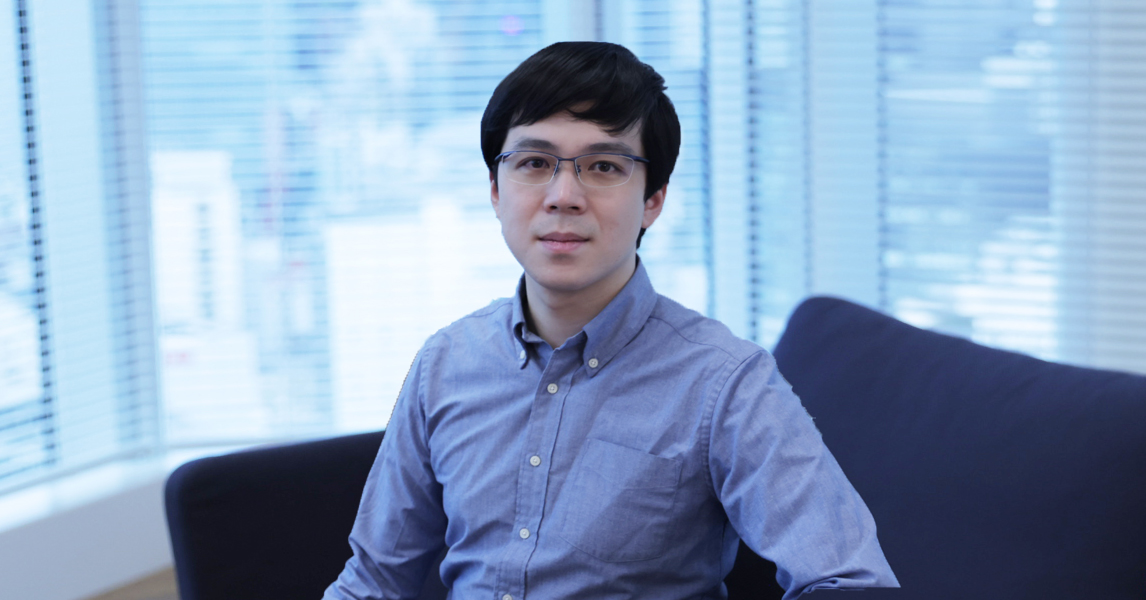 Poon Yat Sing
Poon Yat SingThe best environment for engineers handling big data.
-
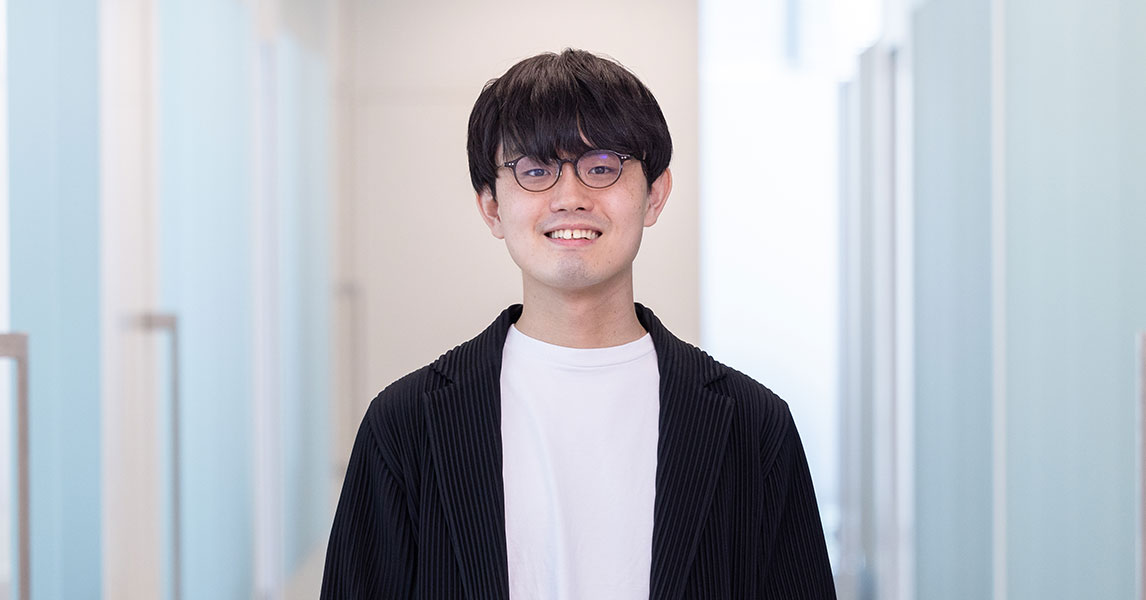 Koki Kato
Koki KatoLY Corporation has a mountain of technically challenging jobs. That's what makes working here so interesting.
Related interviews
-
 Park Byeongseon
Park ByeongseonStimulus-rich environment to hone my skills together with cutting-edge players in the AI industry
-
 Poon Yat Sing
Poon Yat SingThe best environment for engineers handling big data.
-
 Koki Kato
Koki KatoLY Corporation has a mountain of technically challenging jobs. That's what makes working here so interesting.



